In the figure
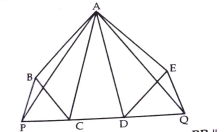 ABCDE is any pentagon. BP drawn parallel to AC meets DC produced at P and EQ drawn parallel to AD meets CD produced at Q. Prove that : ar(ABCDE) = ar(APQ)Solution in Punjabi
ABCDE is any pentagon. BP drawn parallel to AC meets DC produced at P and EQ drawn parallel to AD meets CD produced at Q. Prove that : ar(ABCDE) = ar(APQ)Solution in Punjabi
Step by step video & image solution for In the figure ABCDE is any pentagon. BP drawn parallel to AC meets DC produced at P and EQ drawn parallel to AD meets CD produced at Q. Prove that : ar(ABCDE) = ar(APQ) by Maths experts to help you in doubts & scoring excellent marks in Class 9 exams.
Updated on:21/07/2023Topper's Solved these Questions
Similar Questions
In the figure. Show that ABCD is a parallelogram.
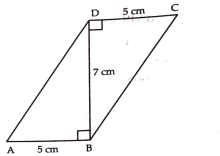 Calculate the area of ||gm ABCD.
Calculate the area of ||gm ABCD.
View SolutionThe radius of a circle is 8 cm and the length of its chords is 12 cm. Fid the distance of the from the centre.
View SolutionIn trapezium ABCD, AB∣∣DC and L is the mid-point of BC. Through L, a line PQ∣∣AD has been drawn which meets AB in P and DC produced in Q. Prove that ar (ABCD) = ar (APQD).
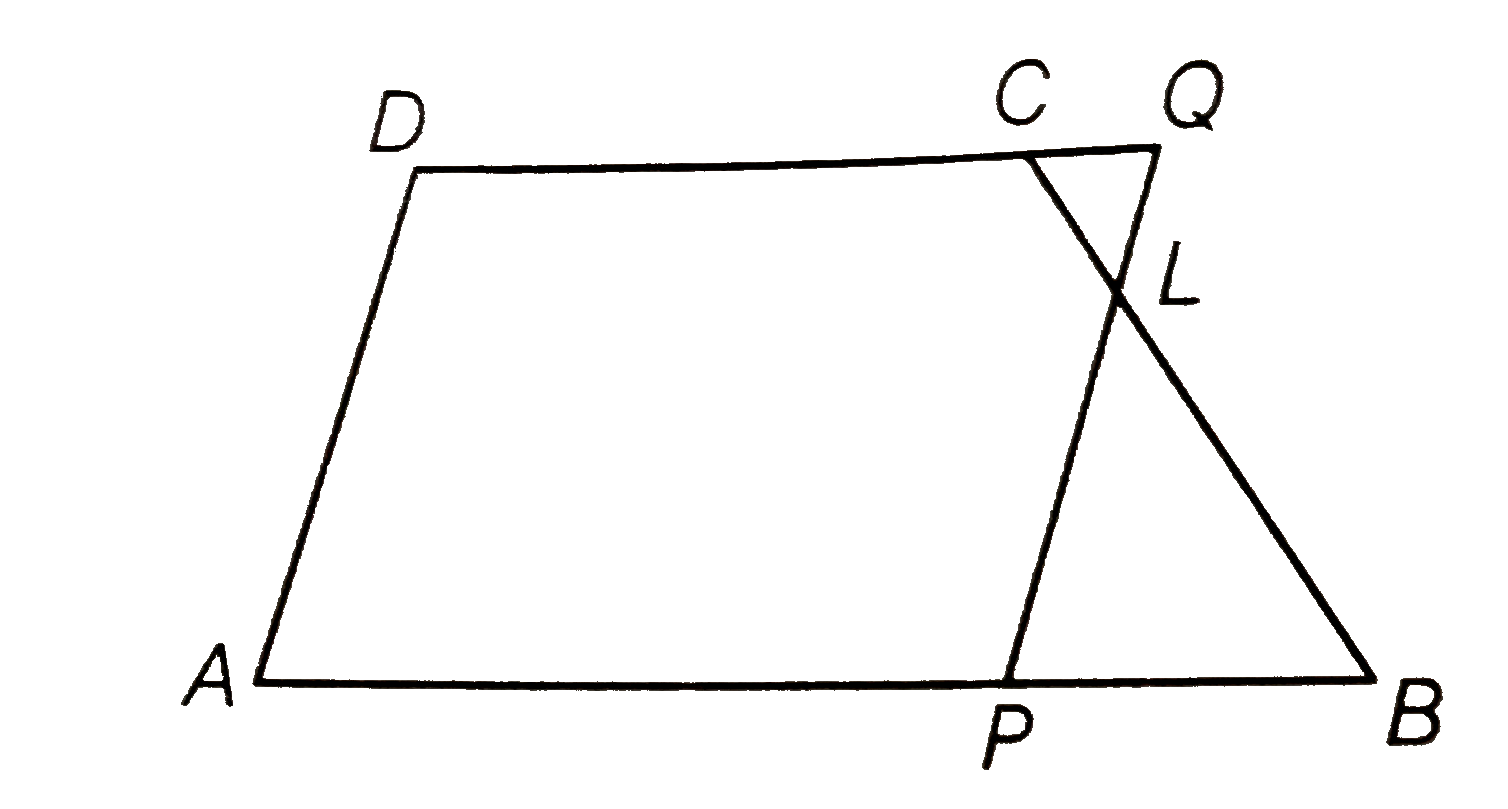
View SolutionIn figure, ABCDE is any pentagon. BP drawn parallel to AC meets DC produced at P and EQ drawn parallel to AD meets CD produced at Q. Prove that ar(ABCDE)=ar(ΔAPQ).

View SolutionMatch the following Column A to Column B
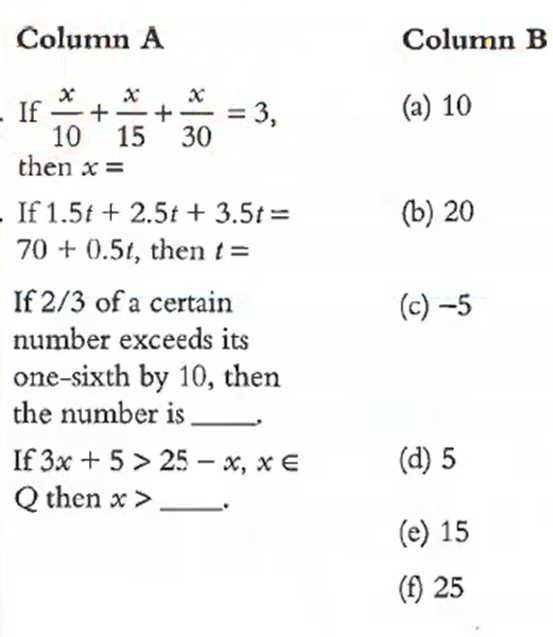
View SolutionIn the adjoining figure, ABCD is a quadrilateral. A line through D, parallel to AC, meets BC produced in P .
Prove that ar(△ABP)=ar(qaud. ABCD).
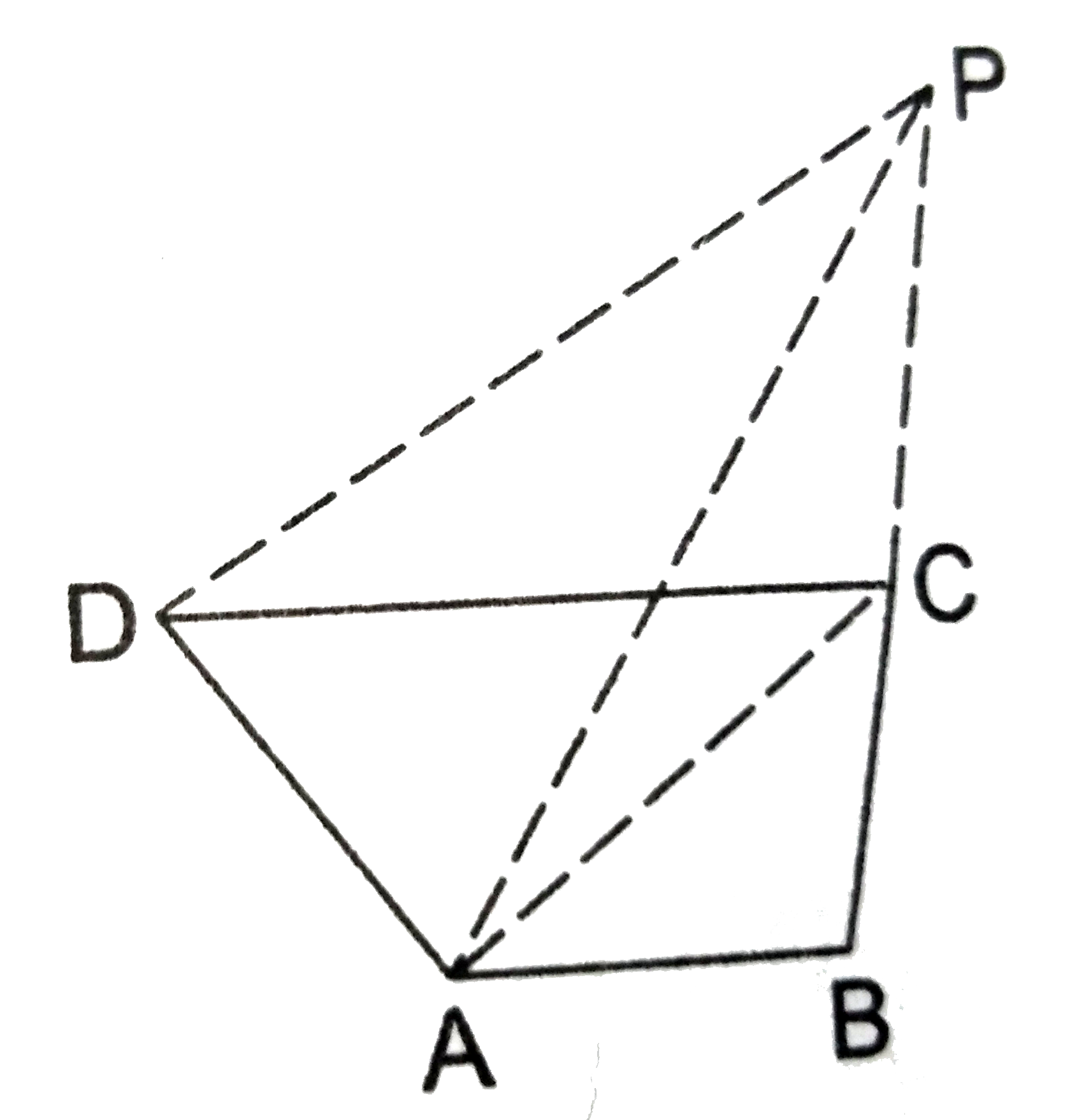
View Solutionदिए गए आकृति में ABCDE एक पंचभुज है| B से होकर AC के समांतर खींची गई रेखा बढ़ाई गई DC से F पर मिलती है |दर्शाइए की
(1)ar(ACB)=ar(ACF)
(ii)ar(AEDF)=ar((ABCDE)
(##KCSHINMATIXC11SLV029_Q01##)
View SolutionIn, ABCDE is a pentagon. A line through B parallel to AC meets DC produced at F. Show that
(i)ar (ACB) = ar (ACF)
(ii)ar (AEDF) = ar(ABCDE)

View SolutionIn the figure, ABCDE is a pentagon. A line through B parallel to AC meets DC produced at F. Show that
(i) ar (ACB) = ar (ACF)
(ii) ar (AEDF) = ar (ABCDE)
View SolutionIn the figure, ABCDE is a pentagon. A line through B parallel to AC meets DC produced at F. Show that
(i) ar(ΔACB)=ar(ΔACF)
(ii) ar(AEDF)=ar(ABCDE)

View SolutionIn the figure, ABCDE is a pentagon. A line through B parallel to AC meets DC produced at F. Show that (i) ar (DeltaACB) = ar (DeltaACF) (ii) ar (AEDF) = ar (ABCDE)
View SolutionIn the figure, ABCDE is a pentagon. A line through B parallel to AC meets DC produced at F. Show that
(i) ar(ΔACB)=ar(ΔACF)
(ii) ar(AEDF)=ar(ABCDE)
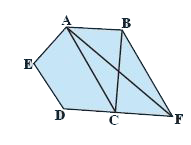
View SolutionIn trapezium ABCD, AB∣∣DC and L is the mid-point of BC. Through L, a line PQ∣∣AD has been drawn which meets AB in P and DC produced in Q. Prove that ar (ABCD) = ar (APQD).

View SolutionIn figure, ABCDE is any pentagon. BP drawn parallel to AC meets DC produced at P and EQ drawn parallel to AD meets CD produced at Q. Prove that ar(ABCDE)=ar(ΔAPQ).

View Solutionਚਿੱਤਰ 9.27 ਵਿੱਚ ,ABCDE ਇਕ ਪੰਜਭੁਜੀ ਹੈ। B ਵਿਚੋਂ ਲੰਘਦੀ, AC ਦੇ ਸਮਾਂਤਰ ਖਿੱਚੀ ਗਈ ਰੇਖਾ, ਵਧਾਈ ਹੋਈ DC ਨੂੰ F 'ਤੇ ਮਿਲਦੀ ਹੈ। ਦਰਸਾਓ ਕਿ:- (i) ar (ACB) = ar (ACF) (ii) ar (AEDF) = ar (ABCDE)
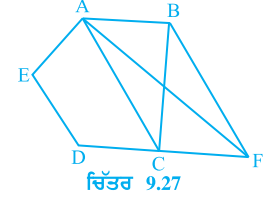
View SolutionIn the figure, ABCDE is a pentagon. A line through B parallel to AC meets DC produced at F. Show that ar( Delta AEDF) = ar( Delta ABCDE)
View Solution
